HIIT, also known as High Intensity Interval Training or high-intensity interval training, is a type of training carried out with the aim of accelerating metabolism and, thus, promoting fat burning, in addition to being a training that promotes improved physical conditioning.
HIIT is able to provide more results in less training time precisely because the exercise must be done at high intensity.
It is important that the training is carried out under the guidance of a physical education professional, to reduce the risk of injury, in addition to being important that the person follows a diet appropriate to the objective, as this means it is possible to obtain better results and more benefits.
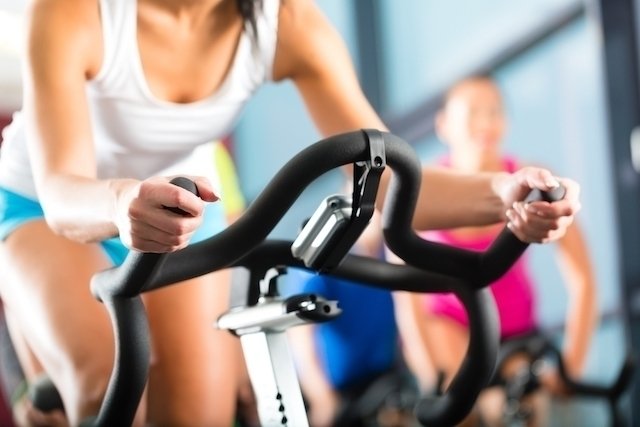
Benefits of HIIT
The main benefits of HIIT are:
- Increased metabolism;
- Promoting the fat burning process, reducing the percentage of body fat;
- Improved physical conditioning;
- Improved cardiorespiratory capacity;
- Regulates blood pressure;
- Increased oxygen uptake.
Furthermore, like other physical activities, HIIT also promotes a feeling of well-being, increases disposition, improves muscular resistance, reduces stress and anxiety and promotes the strengthening of the immune system. Discover other benefits of physical activity.
To benefit from HIIT, it is important that the person respects rest and activity times and performs the activity at least twice a week.
How to make
HIIT training can vary according to the person’s goals and, therefore, the number of sets and execution and rest time can also be different. In general, the HIIT step by step is as follows:
- Perform the exercise at high intensity for 30 seconds to 1 minute;
- Rest for the same amount of time, which can be passive, that is, stopped, or active, in which the same exercise movement is performed but at a lower intensity;
- After the rest time, return to high-intensity exercise;
- Do the exercise cycle until you complete what was recommended by the physical education professional.
HIIT exercises must be done under the guidance of a physical education professional, as it is important that they be done at the appropriate heart rate, which is between 80 and 90% of the maximum frequency, as this way the body needs to capture more oxygen to perform the activity. , which results in increased metabolism. Despite being most used in aerobic training, mainly running and cycling, HIIT can also be applied to anaerobic exercises, such as weight training.
Furthermore, HIIT can be applied to functional training, in which the exercises work all muscles at the same time, being performed at a higher intensity and improving physical conditioning. Another type of exercise that uses the fundamentals of HIIT is crossfit, as the exercises are performed at high intensity in alternating periods of activity and rest, and aim to improve cardiorespiratory capacity and physical conditioning. Find out more about the crossfit.
HIIT at home
Despite being practiced mainly in gyms, HIIT can also be performed at home as long as it is properly guided by a physical education professional, as this makes it possible to reduce the risk of injuries.
At home, it is interesting to perform exercises that are performed with your own body weight, such as squats, burpee, jumping jacks and running on the spot, for example. In order to obtain the benefits, it is important that the exercise is performed at high intensity and the activity and rest time are respected. Thus, some of the exercises that can be performed are:
1. Squats
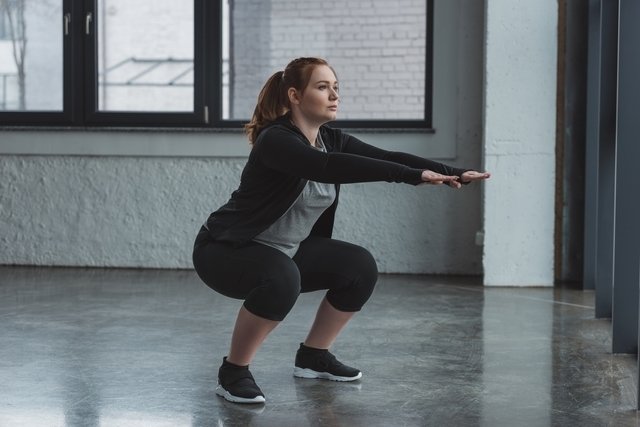
Squats are a simple exercise that can be easily performed at home at high intensity. To do the squat correctly, you need to place your feet facing forward, shoulder-width apart and perform the movement, as if you were going to sit on a bench or bench.
To increase the intensity of the exercise, the person must perform the maximum number of repetitions in 30 seconds, for example. Then, you should rest for the same amount of time and repeat the exercise again, trying to do the same number of squats as you did previously.
2. Burpee
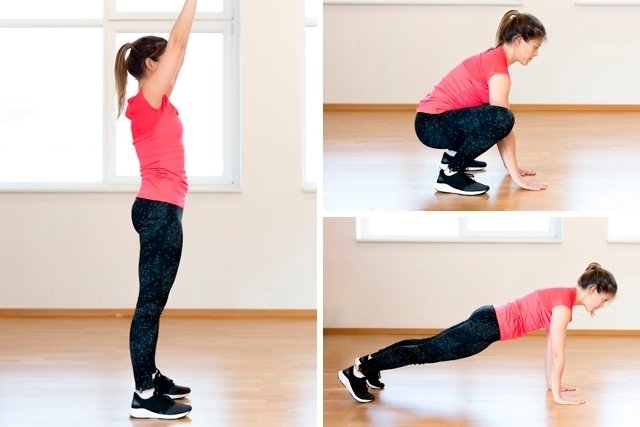
Burpee is an exercise that can be done at home, as it does not require equipment. This exercise consists of the quick movement of lying down and getting up, paying attention to the way you get up to avoid injuries. It is recommended to perform it for around 30 seconds to 1 minute, rest for the same time and repeat the exercise again. Learn more about burpee.
Thus, to do the exercise, the person must stand up and then lower their body to the floor, resting their hands on the floor and throwing their feet back. Then, the person must get into the plank position and get up from the floor, doing a small jump and stretching their arms upwards. It is important that this exercise is performed quickly and continuously, but without losing the quality of the movement.
3. Polichinelo
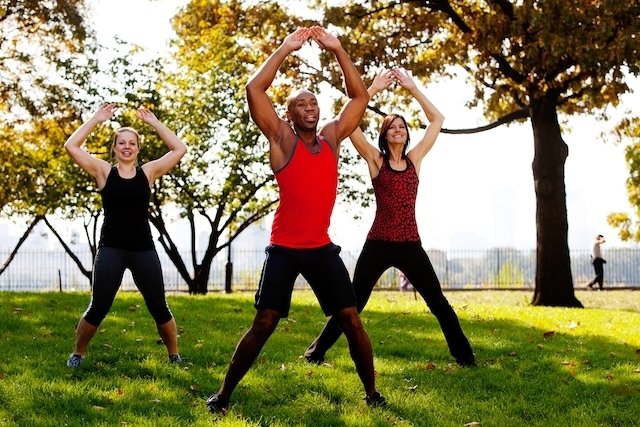
This exercise, also known as jumping jacks, helps increase your heart rate, making it a great exercise for HIIT. To perform jumping jacks, the person must stand with their legs closed and their hands resting on their thighs and then open and close their legs at the same time as their arms are raised above their head and return to the starting position. To make this movement, the person must perform a small jump.
4. Running in place with knee elevation
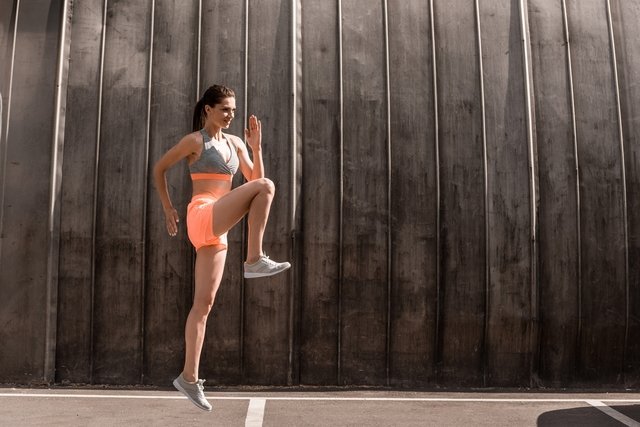
Running locally can replace running outdoors or on a treadmill when it is not possible to leave the house. To do this type of race, the person simply needs to stand in one place and perform the movements of a race, but without moving. Furthermore, it is important to raise your knees, as this way there is greater intensification of the exercise, an increase in heart rate, an increase in oxygen uptake and an acceleration of metabolism.
This exercise must be performed for 30 seconds to 1 minute, always maintaining the same rhythm, and then you must rest for the same period and then perform the movement again.

Sign up for our newsletter and stay up to date with exclusive news
that can transform your routine!
Warning: Undefined array key "title" in /home/storelat/public_html/wp-content/plugins/link-whisper-premium/templates/frontend/related-posts.php on line 12
Warning: Undefined array key "title_tag" in /home/storelat/public_html/wp-content/plugins/link-whisper-premium/templates/frontend/related-posts.php on line 13



